Hanoi Watching a video of someone cracking their joints, which is said to help relieve pain, Duc Nam, 30 years old, and his wife tried it, but after less than a minute they had to stop because of the pain.
While watching the clip, Nam, an office worker in Cau Giay district, imitated it with his wife. He stood behind his wife, wrapped his arms around her head and waist, then jerked hard to make a "crack" sound. The instructor emphasized that he had to take a deep breath, relax, and then exhale strongly. Thinking he wasn't using enough force, he tried again. In less than 30 seconds, he had to stop because his wife said she was straining her muscles and getting cramps.
Not only Nam, many people responded under the video that they followed the instructions and all had pain, possibly due to incorrect technique. But some others agreed, saying that this is an effective method, no surgery or hospital visit required, "just a few sessions and the joint pain will go away".
In fact, on May 15, Dr. Calvin Q Trinh, Head of the Musculoskeletal Correction Center, Hospital 1A (HCMC), recorded a patient with a fractured rib number 12 after two sessions of acupressure and joint cracking.
Previously, Ms. Xuan, 50 years old, felt tired and had back pain. An acquaintance introduced her to a facility in Thu Duc City, emphasizing that "one treatment will cure the pain without having to go to the hospital." During the procedure, the patient had a sharp pain in her right lower back, but the staff said "it's okay" and continued to crack her joints.
After the second session, the woman was in more pain, unable to walk, had difficulty breathing, and was tired. She was examined at Hospital 1A. To treat the fracture, the patient had to have laser treatment and use topical painkillers. After 15 minutes, the patient was able to sit up and walk. The patient was prescribed outpatient medication, combined with rest and limited body movement for a month to allow the ribs to heal. After stabilizing, she continued to treat low back pain and herniated disc.
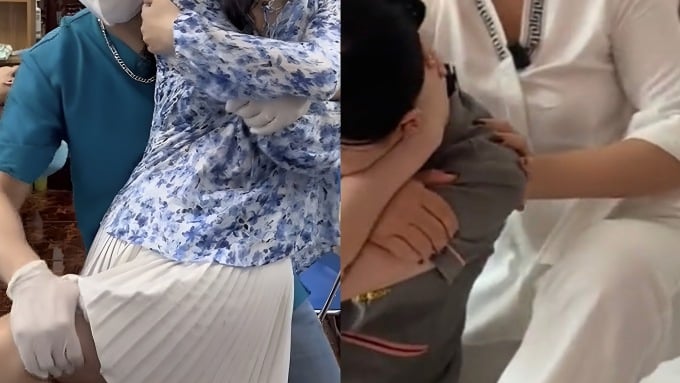
Some of the popular bone and joint adjustment methods are spreading on social networks. Screenshot
Dr. Calvin Q Trinh said that chiropractic manipulation, also known as chiropractice, is a popular treatment technique for massage and relaxation, but it is being over-hyped. Many people think that chiropractic manipulation must make a cracking sound to be effective.
However, according to Mr. Trinh, more than half of the people who get chiropractic treatment will not cry out or react like the patients in the clips on social networks. Not to mention, there is no musculoskeletal treatment method that requires the patient to have direct physical contact with the doctor such as hugging the waist, pressing close to the body, "very offensive".
At the hospital, before intervention, the patient must be examined and have an X-ray to ensure that there are no problems with the spine. In cases of fractures or stenosis of the vertebrae, if deliberately adjusted, it can easily lead to paralysis of the spinal cord, limbs, bladder, genitals, and even death. When adjusting, the patient's joints are adjusted from head to toe to relax or treat patients with early stage ankylosing spondylitis. In cases where the joints have not been used for a long time, they are also adjusted to increase the range of motion.
"This method is not used to treat pain caused by mechanical misalignment or herniated discs because it has little or no effect on body posture," said Dr. Trinh, adding that arbitrary joint cracking (performed at massage facilities by untrained staff) can cause joint damage, which over time can develop into degeneration, arthritis or herniated discs.
Sharing the same opinion, Dr. Bui Duc Ngot, Department of General Surgery, Post Office Hospital, said that this is not an orthodox treatment method but just a massage, a relaxing massage. In addition, they perform it mainly on normal people, without any pathology. However, the reason why people easily believe in this trick is because of the psychology of "preferring" non-invasive, non-surgical treatment methods.
In addition, according to Mr. Ngọt, this method brings a feeling of comfort and increases circulation, but in the long term can lead to traumatic injuries, causing joint degeneration and damage. If the impact is strong, the customer can suffer from mild to severe trauma such as sprains, ligament sprains, or worse, ruptures, severe muscle damage, and sometimes broken bones.
On the other hand, many people mistakenly think that the sound during massage is due to bones moving or hitting each other, creating a sound. In fact, this sound is due to gas bubbles produced in the synovial membrane of the joint as well as the sudden displacement of tendons and ligaments. Some cases of osteoarthritis with worn cartilage also produce a similar sound.
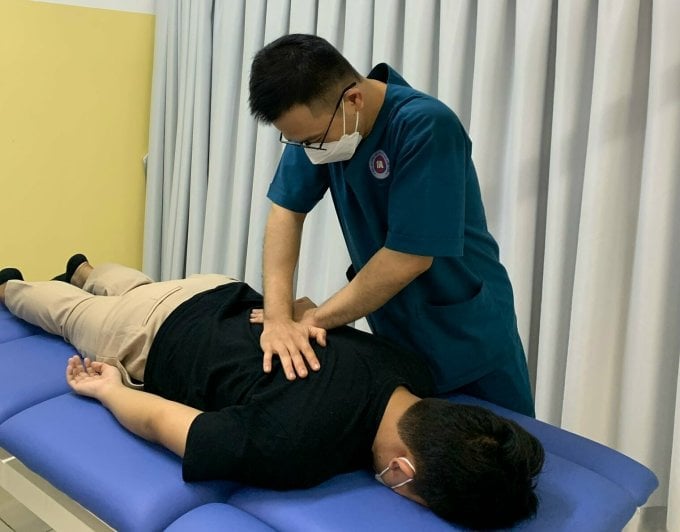
Chiropractor intervenes to adjust the patient's bones. Photo: Provided by the doctor
According to the American Heart Association, manipulations with force on the neck are dangerous. Dr. Ramin Jahavery, a neurosurgeon at Miller Children’s & Women’s Hospital, said manipulations of the neck are more dangerous than manipulations of the thoracic and lumbar spine. When a person turns the neck too forcefully from side to side, it can lead to headaches, dizziness and lightheadedness, and even weakness, numbness, or paralysis on one side.
The New York Times cites a case of a 28-year-old woman who became dizzy and nauseous after a chiropractor massaged her neck. The hospital diagnosed her with four torn blood vessels, which led to a stroke and cardiac arrest. Nine months later, she began speaking again, but she could not walk or swallow. The right side of her body was paralyzed by the injury.
Doctors recommend that people should be alert in choosing a reputable hospital for treatment, to avoid wasting money and getting sick. In addition to adjustment, joint pain can be overcome by massage, physical therapy, acupuncture, and yoga.
Elderly people or those with bone and joint diseases should consult a doctor for appropriate treatment. When the body has abnormalities, the patient should go to the hospital for timely treatment and handling of complications. Absolutely do not self-medicate at home or believe in unverified word-of-mouth methods.
Minh An
*Character names have been changed
Source link







![[Photo] Hanoi morning of October 1: Prolonged flooding, people wade to work](https://vphoto.vietnam.vn/thumb/1200x675/vietnam/resource/IMAGE/2025/10/1/189be28938e3493fa26b2938efa2059e)


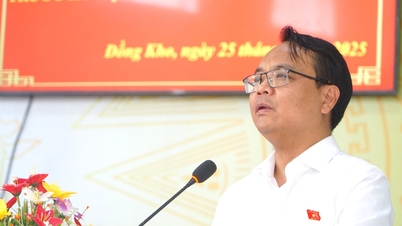

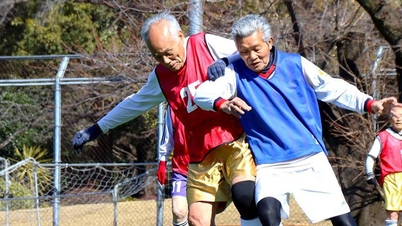







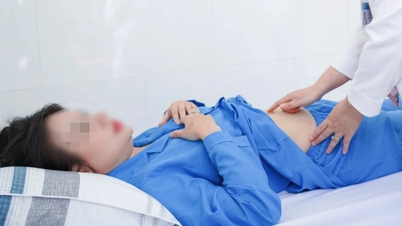




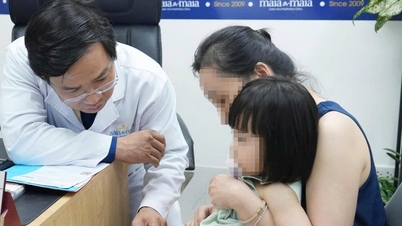
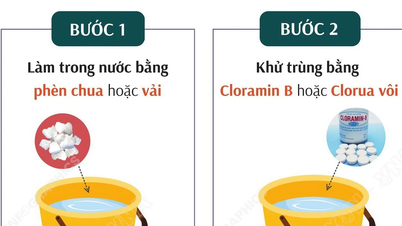












![[Photo] Panorama of the cable-stayed bridge, the final bottleneck of the Ben Luc-Long Thanh expressway](https://vphoto.vietnam.vn/thumb/1200x675/vietnam/resource/IMAGE/2025/9/30/391fdf21025541d6b2f092e49a17243f)
![[Photo] President Luong Cuong receives President of the Cuban National Assembly Esteban Lazo Hernandez](https://vphoto.vietnam.vn/thumb/1200x675/vietnam/resource/IMAGE/2025/9/30/4d38932911c24f6ea1936252bd5427fa)





















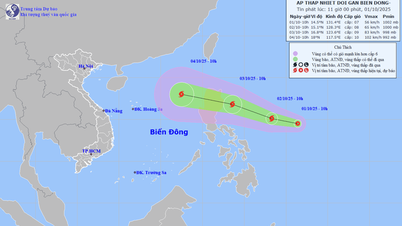



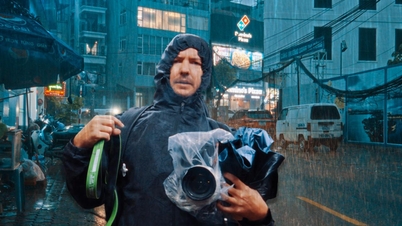



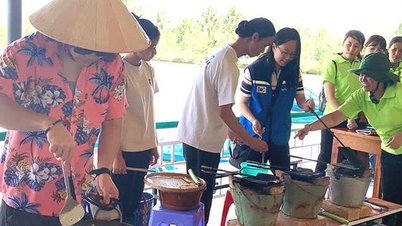


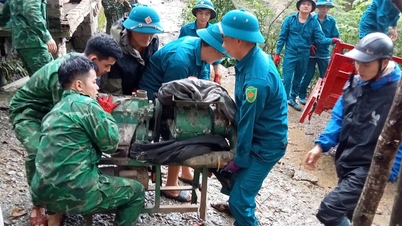



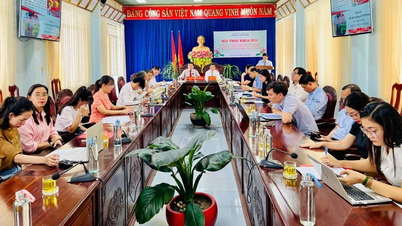



















Comment (0)